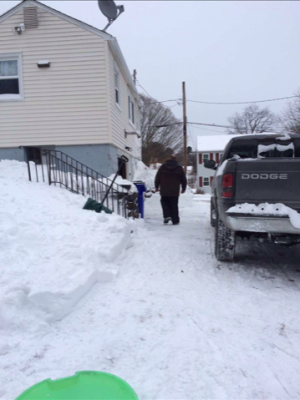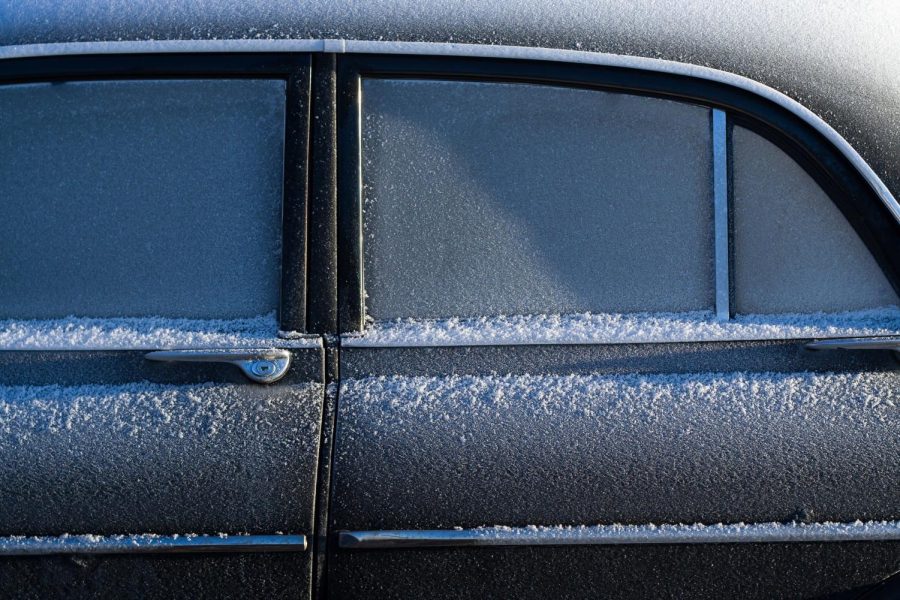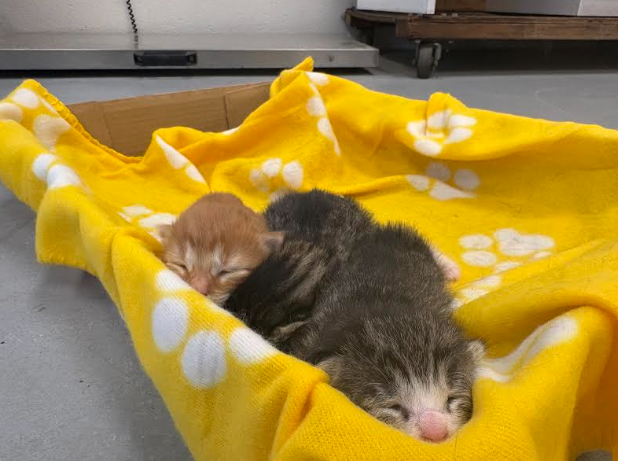Zapatka: Warm It Up. Your Engine Will Thank You.
Many fail to realize the importance of warming up a vehicle especially in the ides of winter.
February 17, 2023
WOODBURY — A long time ago, in a galaxy far far away, a decline in temperature or a change in the barometric pressure overnight would play a game of chess under the hood of your car.
In the dino-days, cave-men would often counteract the queen’s gambit with a cylindrical can commonly known as starting fluid. If further problems pursued, an early morning might be followed up with jumper cables to a neighbor’s car.
For those that have lived long enough to remember carburetors, fond memories of sitting in a cold car while the engine was choked and warming up might take up a fair amount of the free space in your mind.
On that same memory shelf, storage might also include the smell of raw fuel if an engine isn’t running right or the engine is still choked. For emissions purposes, unburnt fuel released into the atmosphere would hurt the environment.
Several populations of people immediately choked at the idea of warming up their cars, believing that unburnt fuel was doing higher damage to the environment.
But is that argument even possible today?
Logistically, no.
The struggles and problems caused by old technology have faded into the fabric of the technological age. Direct injection and computer controlled systems, bring forth the instant gratification of a clean, running car.

However, people with advancements in technology, historically tend to become lazier.
“I do not warm up my truck in the morning,” said Tommy Faull, a junior at Nonnewaug. “I like to sleep in for the morning and I just get in my truck to go.”
Upon this operation, thin synthetic oil is running through the engine until it starts to absorb heat. Operation temperature this engine could barely be hitting minimum.
So what are you putting at stake?
Consistently disrespecting the rule to warm up your car has the slightest effect from engine wear to fuel efficiency.
“When your vehicle is warm, it tends to burn fuel more efficiently,” said Andrew Zielinski, Nonnewaug’s agricultural mechanics teacher, “so if you’re making a short trip, it might not actually burn the way you want it to.”
Nevertheless, even if you have Bruce Wayne-level disposable income, and can throw your money at gas, it is hard to blow off the operation temperature that are drawn into a manufacturer’s design for engine operation.
“You don’t want any vehicle to idle too long in the cold,” said Zielinski. “It is just barely trying to stay at operating temperature.”
Furthermore, car manufacturers of this decade have been implementing different techniques for treating the common stupidity and laziness: the blue light.
One special technique I grew up with was designed and implemented in almost every Subaru with a boxer engine.
Some refer to it as the blue light of death, others refer to it as the coolant temperature light, but most deal with it like the Baltimore Orioles after 1997 — they choose to forget about it.
This sequence that Subaru installed includes a bright blue light and a high idle.
According to the Sommer’s Subaru Dealership website, the blue temperature light comes on when the engine is not warmed sufficiently. Usually this light appears when you first start the car, and it is recommended to drive gently until it turns off.
Knowing that people don’t believe dealerships, Subaru again displays the same message in its manuals. The 2020 Subaru Crosstrek owner’s manual defines this cycle of the blue light and high idle as the way the car is designed to warm up which to believe is to aid the car’s operation.
But in all reality, if a car manufacturer goes out of their way to make a point about warming up their car, it just might be a sign that you should consider the thought.
In spite of that, the most common refrain among adolescents and adults alike is, “I don’t have the time.”
But how hard is it really?
A turn of a key? A slow roll down the road?
“Warming up my car is pretty easy,” said Matthew Canonico, a junior at Nonnewaug. “I use the remote start and by the time I get to my Jeep, it’s already nice and warm.”
I mean, come on, that’s a junior in high school who can find time around his sleep schedule, but who am I to be throwing around the theory?
Even after referencing a teacher whose education is in the field and a common car manufacturer providing a solution to the problem, you still might not be sold — though maybe your mind will warm up to the idea.
This is the opinion of Chief Advocate ag/FFA reporter Devon Zapatka.



















